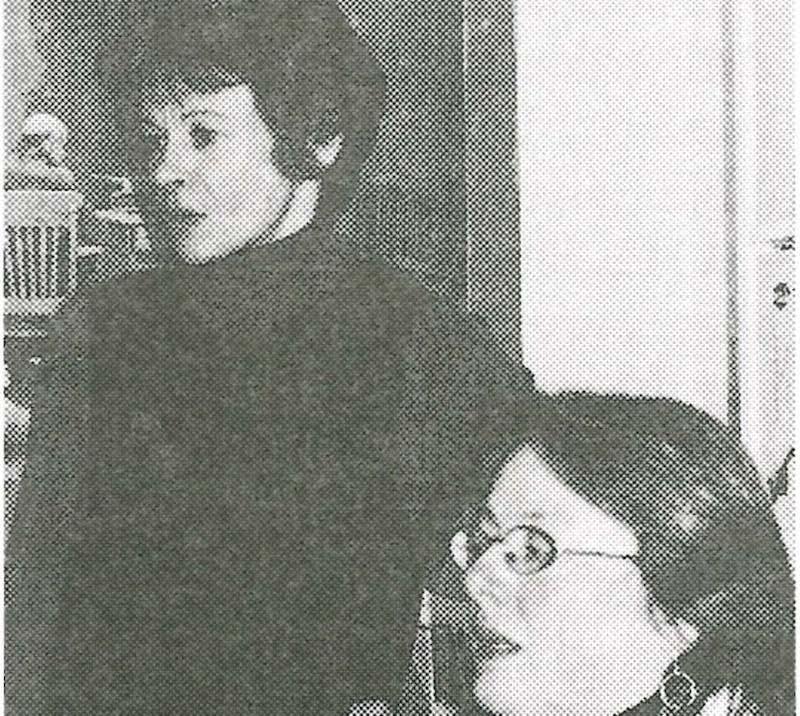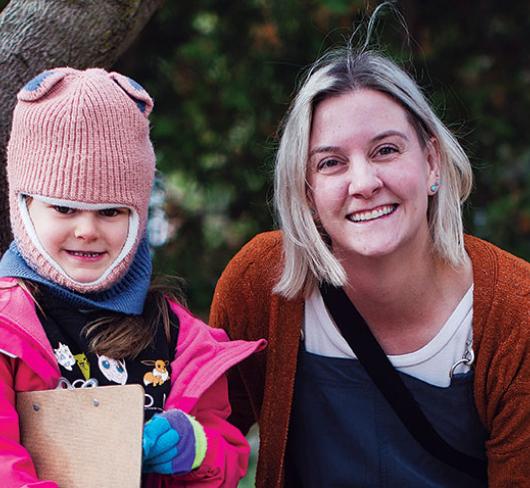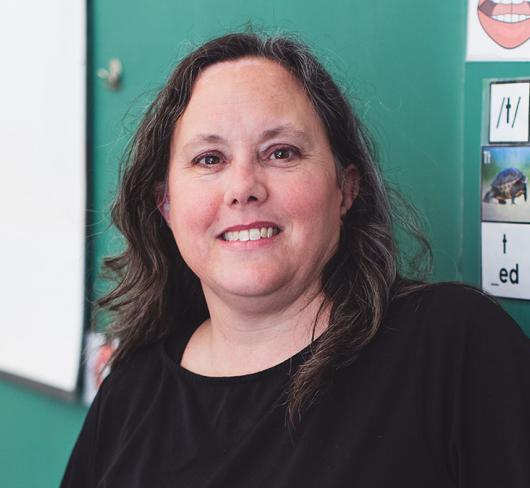
No Winners in ETFO’s Class Size Contest
Last August, ETFO announced a contest to find the largest elementary public school class in Ontario. Bill 160 sets average class size limits per board of 25 in elementary and 22 in secondary ETFO's contest was designed to show the public that the use of the word "average" does not mean elementary students would be in classes of 25 or fewer. On December 2, ETFO held a news conference at the Ontario Legislature to announce the contest's results.
Phyllis Benedict, President of ETFO, told journalists that "There are no winners in our class size contest. There are losers, though, our students."
Benedict said that 550 entries had been received from teachers working in 28 of Ontario's 31 district school boards.
In their entries, teachers described:
- a kindergarten class with 32 students;
- a grade two/three class with 35 students, eight of whom have special needs;
- a grade four French class with 43 students, 15 of whom have special needs;
- a grade five class with 39 students, 12 of whom have special needs;
- three grade eight music classes with 50 students;
- a grade eight class with 38 students, three of whom have special needs; and many, many more.
ETFO decided not to identify the individual teachers and classes who 'won' this contest. The teachers did not want their classes to be the talk of the town. They want to do their job. Here's what teachers said about their classes:
The very biggest class
The music teacher at a grade six, seven, eight school in southern Ontario has three classes of 50 grade six students, a total of 150 students, to whom he teaches recorder and vocal music. Each class of 50 is made up of students from two different grade six classes. In each class there are several special education students, a small number for whom English is a second language, and some behavioural problems. The music period is only 40 minutes long.
"We are trying to cope!" this teacher says.
And the next largest class
This core French teacher at an inner city JK-eight school in southern Ontario teaches core French every day to 42 grade four students, 15 of whom have special needs. The students come from two classes, a grade four and the grade four students from a split class. This part-time teacher shares her classroom with another French teacher who uses the room in the afternoon.
" It's crowd control!" this teacher says.
And another one
This grade eight teacher at a small JK-eight school in southwestern Ontario has 38 students in his class, including three students with special needs and 15 of whom fall under the 20th percentile in testing. He is also the computer contact person for his school.
This teacher is concerned he can't give students individual attention or do the evaluation he feels would be helpful. "There is no point complaining; we need to get on with doing the job," he says.
And another one
This grade two/three teacher in a small school in rural eastern Ontario has a class of 33 students, six of whom have special needs. She has a teaching assistant who works all day with three of the special needs students. As well, the special needs students spend time each day in the school's Learning Resource Centre.
"We are managing. The classroom is very crowded. There are enough desks and a couple of aisles. There are sufficient materials. The staff at this school are wonderfully resourceful. Each day brings a new challenge" this teacher says.
And a whole school that deserves a mention
One school stood out as we looked at the finalists in the class size contest. This school, located in an eastern Ontario suburban community, has three classes among the finalists, two grade four classes and a grade seven class, each with 35 students.
No senior class in this school has fewer than 30 students. The school is large, over 800 students in JK to grade eight. It is relatively new. The parents are actively involved and the school has many resources other schools do not have. But even with that, the classes are large.
The Board has already eliminated teacher-librarians. There is no allocation for guidance teachers. Discrete special education classes have been cut back. There are no assigned computer resource people in the schools. This leaves very little flexibility for staffing. Teachers accepted larger classes to protect the Junior- Intermediate music program. Teachers shouldn't have to make these choices. Students deserve better.
In summary
The government's funding model means that:
in most parts of the province, the average class size will increase;
many classes will be significantly larger than 25 (that is, after all, the.meaning of average - some bigger and some smaller); and
students will not get the individual attention they need and that teachers want to give them.
No teacher would choose to teach large classes. Everyone who responded to ETFO's contest noted that large classes make it hard to give students individual attention or effectively evaluate students' progress. Teachers work very hard to make the best of the resources allocated to the school. The problem is, they have no control over how these resources are meted-out further up the administrative chain. Teachers are just left to divide up the resources when they arrive at the school.
"The situation is not acceptable," said Benedict. "We can and should be providing our students with the small classes we know will enhance their learning now and into the future. Ontario should follow the lead of British Columbia and many U.S. states and cap class sizes and provide funds to ensure that the caps can be met."
Mary Morison and Pat McAdie are staff in ETFO’s Communications and Poiitical Action Services Department.

